
For thousands of years, Syria has been a beating heart of civilizations, a cradle of arts, sciences, and architecture that has left an indelible mark on human history. From Palmyra and Apamea in the desert, to Ugarit and Mari along the coast and Euphrates, from the ancient souks of Damascus and Aleppo to the citadels of Hama and Homs and the mighty fortresses of Latakia and Tartus, from the Nabataean sites of Daraa to the archaeological villages of Idlib, and from the Roman amphitheaters of Bosra al-Sham in As-Suwayda to the historic landmarks of Deir ez-Zor and Raqqa, Syria’s heritage forms a vast mosaic embracing all its provinces, telling the stories of peoples and cultures that flourished here and blended across the ages.
Yet, this ancient heritage has not been spared from the ravages of destruction and loss. Hundreds of historical sites have been partially or completely destroyed, erasing invaluable parts of the tangible memory that embodies the identity of the Syrian people and carries their stories to future generations.
From this reality, Syrian Treasures emerged as a national documentation initiative aimed at saving what can still be preserved of Syria’s heritage and safeguarding it in a trusted digital archive. The project relies on a precise research methodology that combines digital investigation, archival research, available photographic documentation, and academic study of verified historical sources, avoiding any unverified references.
The Syrian Treasures team works to document archaeological and architectural landmarks across all Syrian provinces, categorizing them by type and determining their current condition within standardized classifications. The work went beyond data collection to include research, documentation, translation, and content verification, culminating in the design of a bilingual (Arabic–English) official project website that serves as the digital platform for this initiative.
Through the efforts of more than 60 dedicated volunteers from five local JCI chapters, over 500 archaeological and historical sites covering all 14 Syrian provinces have been documented and published on the website. This platform allows researchers, enthusiasts, and history lovers to explore Syria’s heritage and discover the stories behind each site through rich content detailing their history, cultural significance, and transformations over time.
Syrian Treasures is more than just a documentation project, it is a bridge between past and present, turning heritage preservation into a shared responsibility. It is an invitation to rediscover identity, protect the nation’s memory, and inspire future generations to embrace the culture of safeguarding human heritage as a foundation for building the future.
across all Syrian provinces with accurate data and high-quality images, collected in collaboration with multiple partners.
as the digital platform for the initiative, offering open access to information and images, serving as a trusted reference for researchers, heritage experts, and history enthusiasts worldwide.
about the importance of tangible heritage and its role in strengthening national identity and belonging, by sharing documented content through the website and media channels.
to engage with and protect their heritage as part of their responsibility toward their country, transforming cultural awareness into tangible actions that preserve human heritage.
Collecting information and images from open sources, digital platforms, and trusted archives, with accuracy verified against established references.
Using accredited national and international academic references, official heritage authority reports, and international organization documentation, avoiding any unverified sources.
Categorizing sites by type (fortresses, caravanserais, markets, hammams, bimaristans, places of worship, historic houses, theaters and amphitheaters, archaeological landmarks).
Classifying each site’s current status into clear categories (completely destroyed – partially destroyed – preserved – under restoration).
Translating content into English using precise historical and architectural terminology to ensure clarity and academic accuracy.
Conducting thorough checks of all data, images, and texts to confirm linguistic and historical accuracy before publication.
Uploading translated and verified content to the official project website, which contains over 500 archaeological and historical sites from all Syrian provinces, organized for browsing by province, type, or condition, accompanied by rich narratives detailing each site’s history and cultural significance.

Junior Chamber International (JCI) is a global network of young active citizens and leaders aged between 18 and 40 who share a common vision of creating a positive impact in their communities. With more than 200,000 active members in over 5,000 local organizations across more than 120 countries worldwide, JCI empowers young people by providing opportunities for personal, professional, and community development, helping to build future leaders and changemakers.
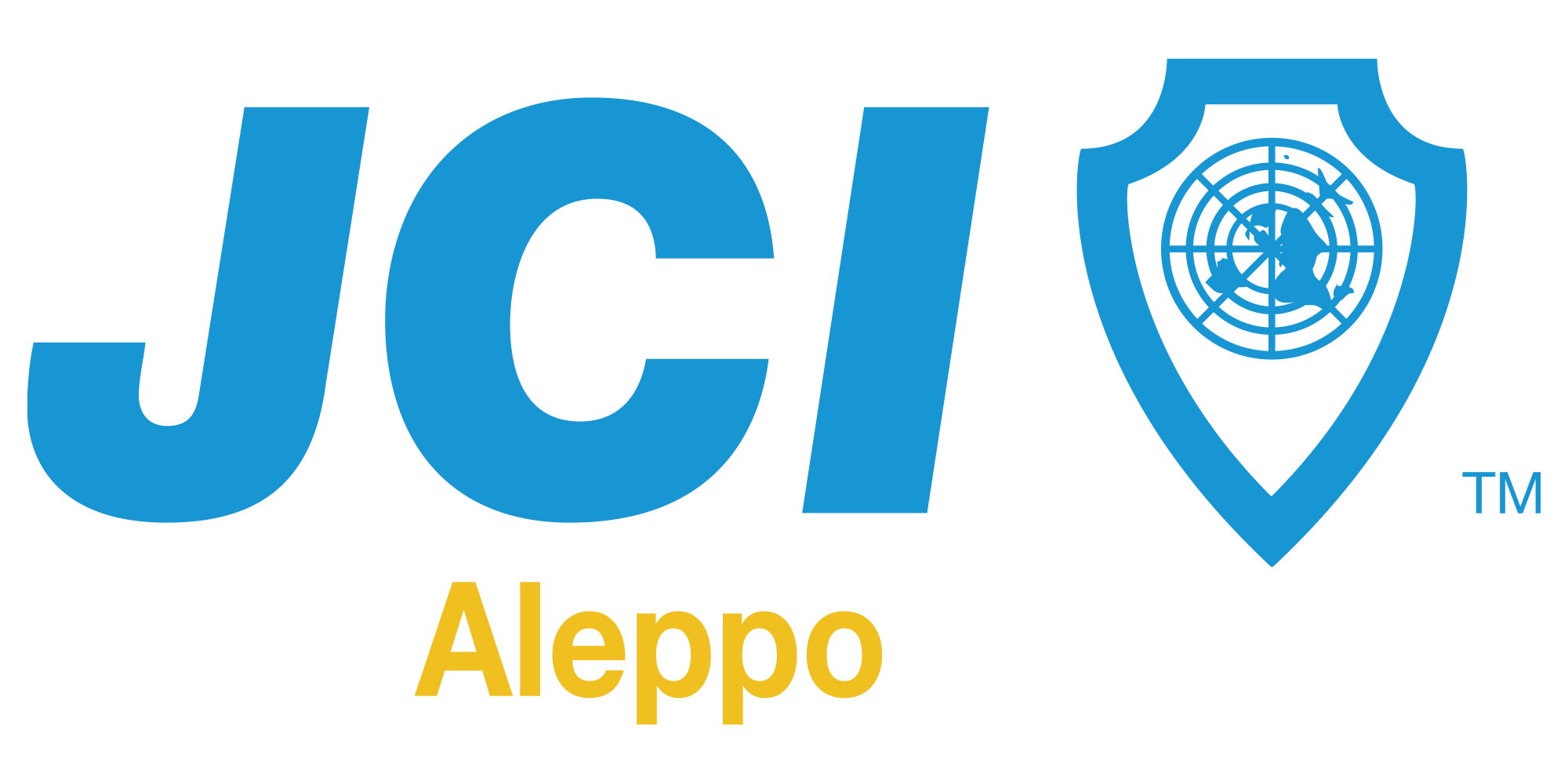
Founded in 2005, JCI Aleppo has been part of this global movement, connecting ambitious youth with high-level training and development opportunities. Since day one, the chamber has worked to attract active young citizens, train them in leadership and management skills, and empower them to implement impactful projects across social, economic, and cultural fields.
Over the years, JCI Aleppo has succeeded in building a generation of local leaders capable of driving positive change and contributing to the development of both Aleppo and Syria as a whole.
The Syrian Treasures project embodies the JCI spirit of collaboration and collective action, with several Local JCI Organizations contributing to its success through research and documentation efforts in different Syrian provinces:
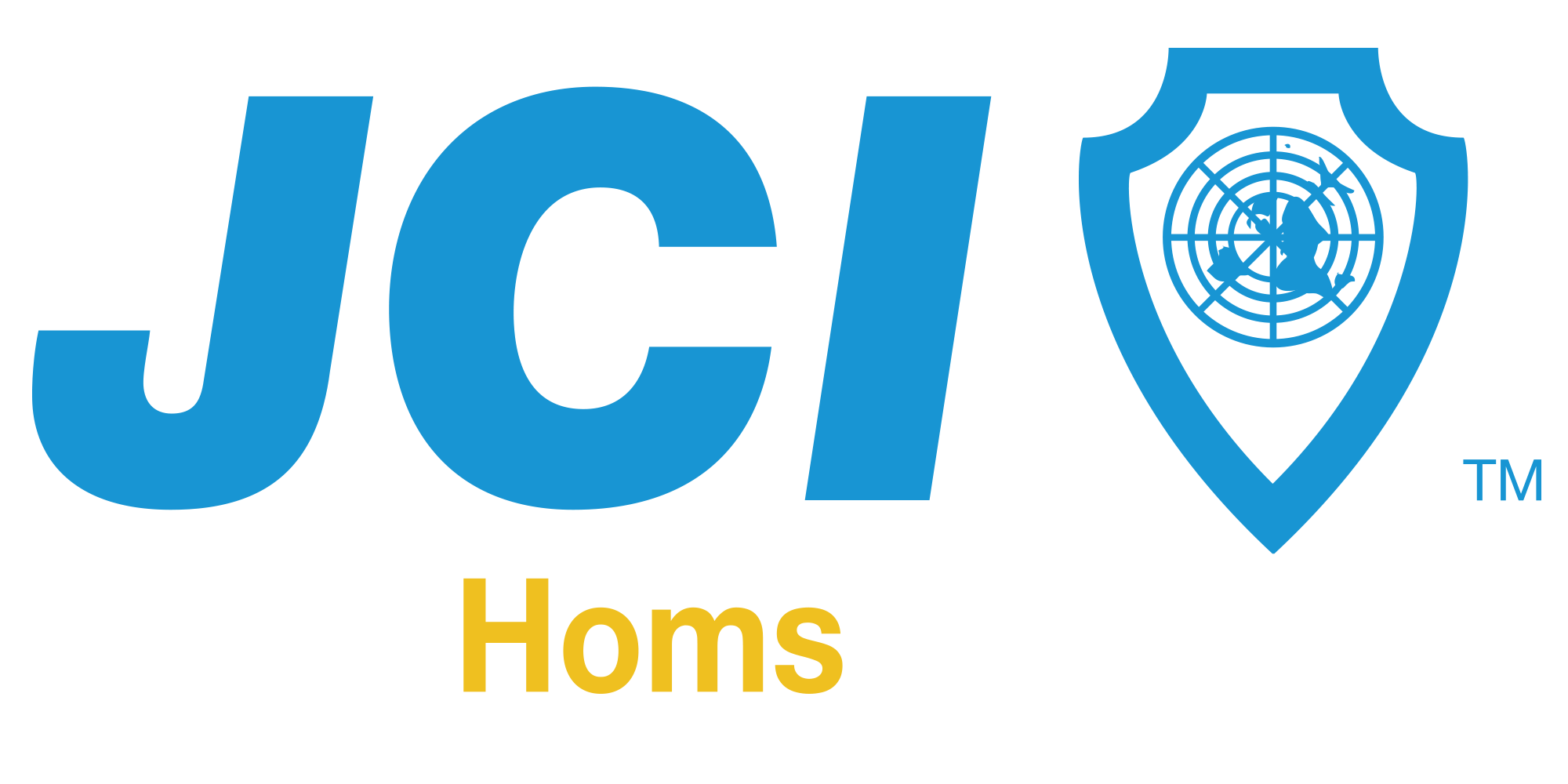
Played a significant role in documenting central Syria’s historical landmarks, including old markets, places of worship, and heritage buildings, and enriched the content with interviews from locals and heritage experts.
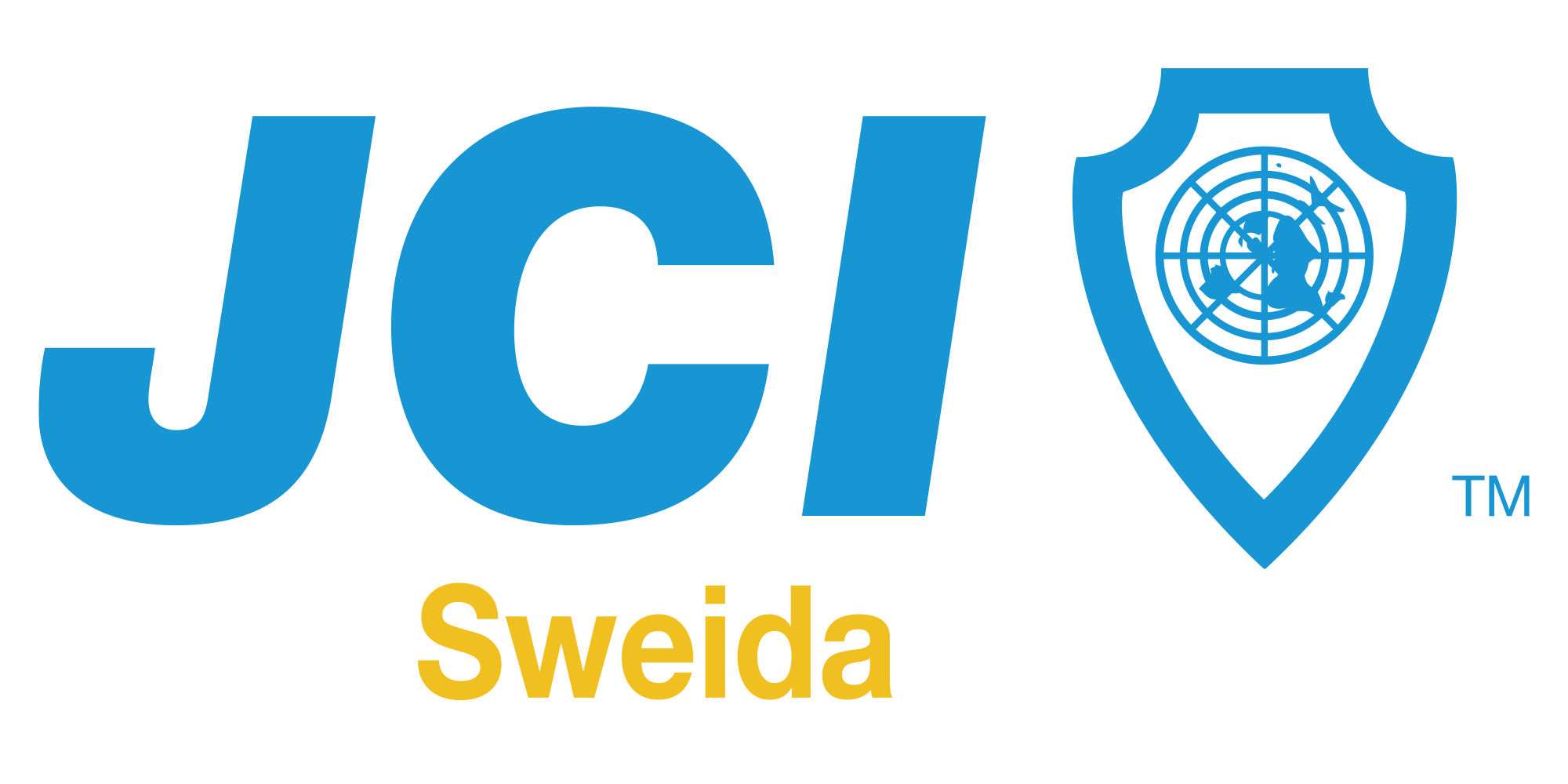
Focused on southern Syria’s distinctive heritage, particularly Roman, Nabataean, and Byzantine sites, highlighting the region’s unique architectural and cultural identity.
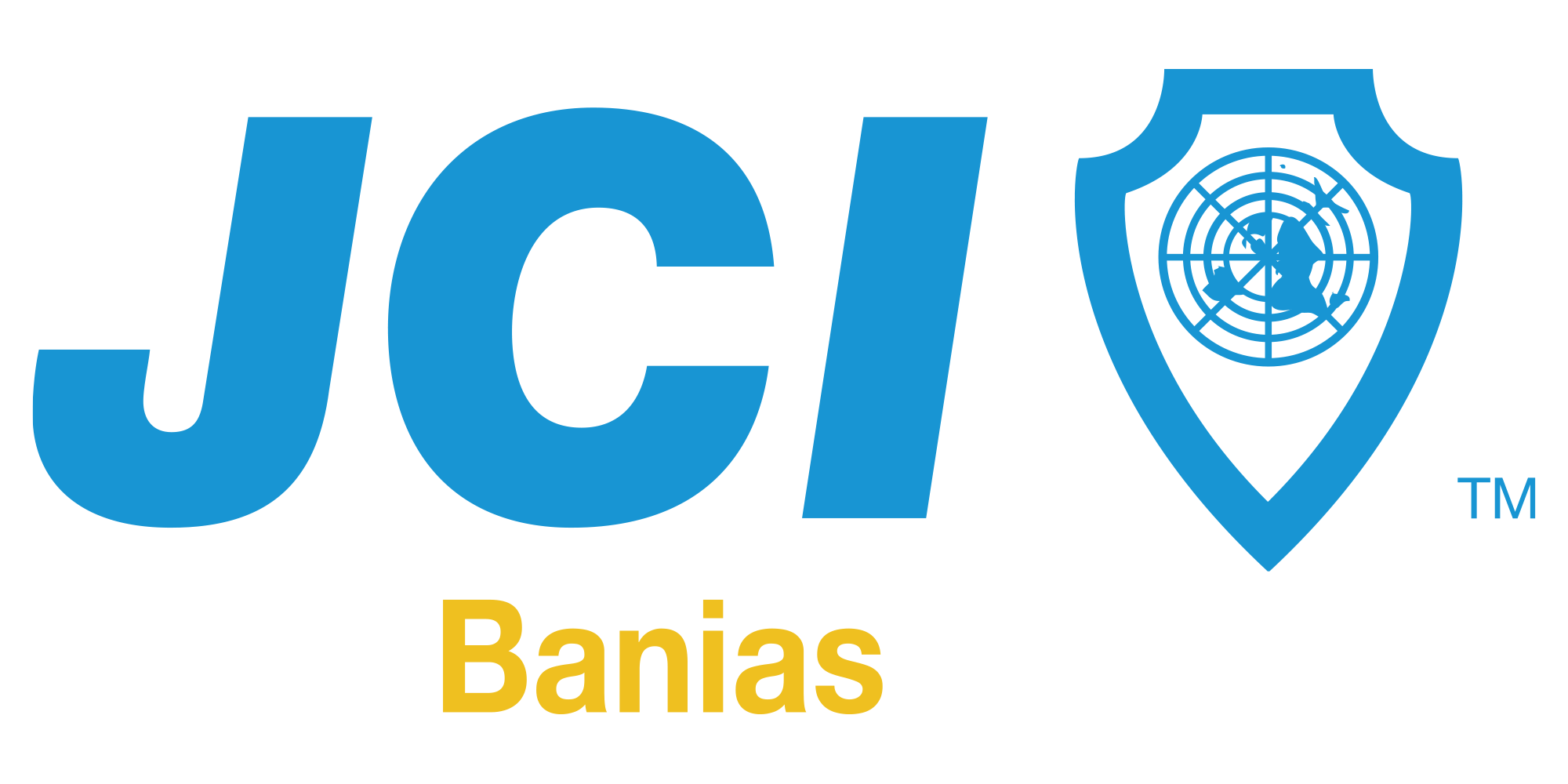
Concentrated on documenting coastal Syria’s archaeological and historical sites, especially those tied to maritime and trade history, adding high-quality data and imagery to the project.
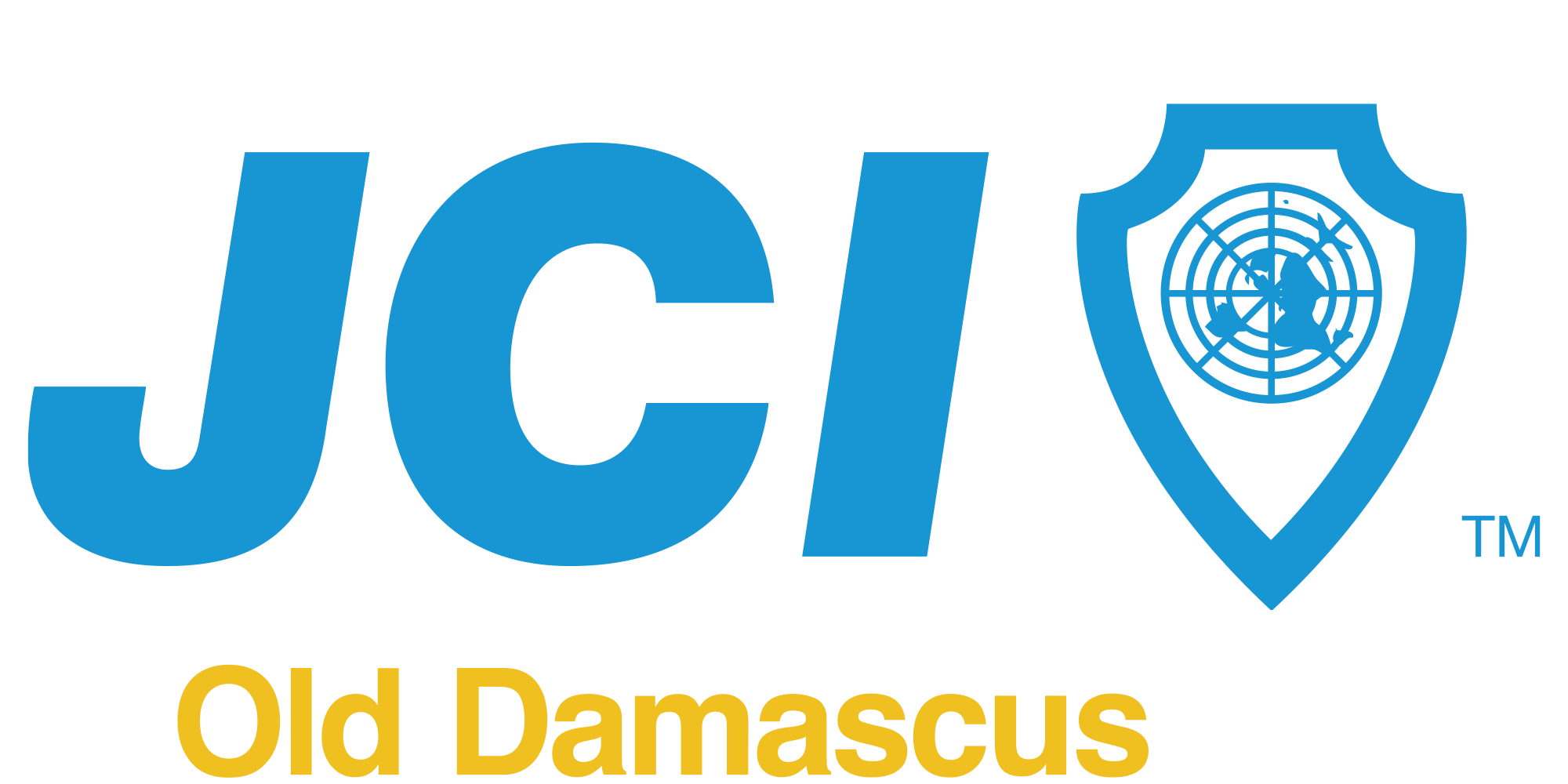
Covered historical landmarks in Damascus’s old city, including traditional Damascene houses, souks, and ancient gates, blending photography with historical analysis while preserving the authentic character of the city.
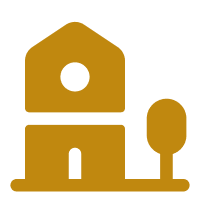
Documented landmark within the site

Last Data update

Visitors got info from the website

جميع الحقوق محفوظة لصالح JCI Aleppo
All rights reversed to JCI Aleppo